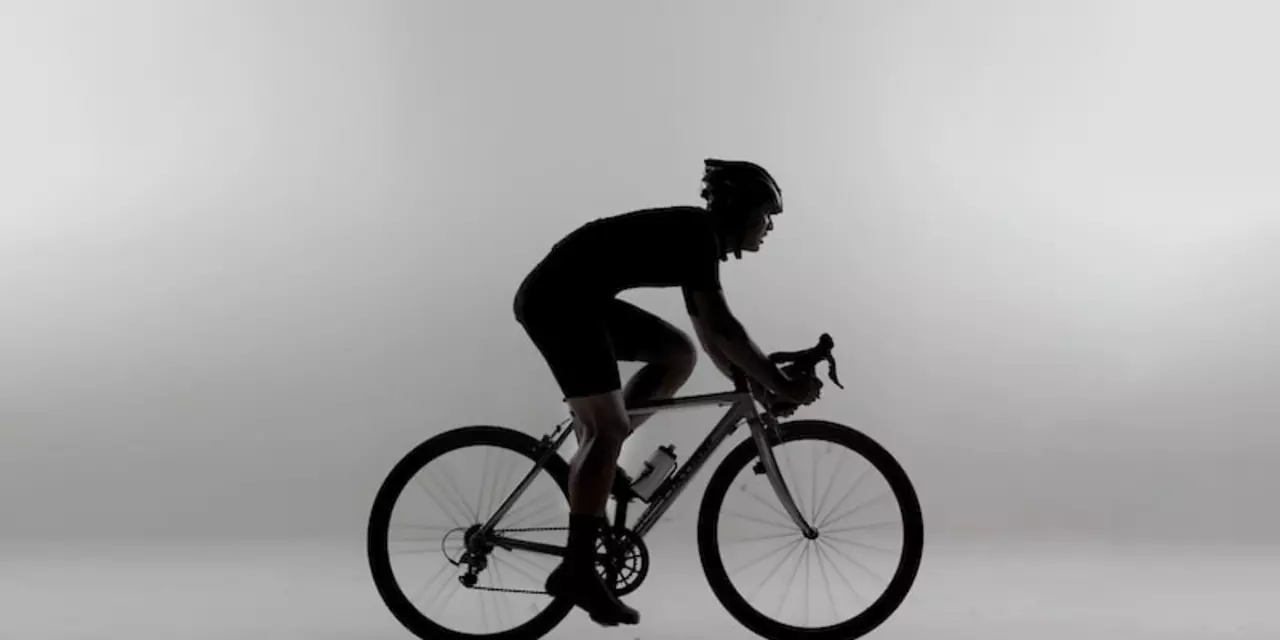Performance Tips for Cyclists – Boost Your Ride
If you’re looking to ride faster, farther, or just feel stronger on the bike, the answer isn’t a magic gadget – it’s good habits, smart training, and a few bike tweaks. Below are the everyday steps you can start using right now to lift your performance.
Train with Purpose, Not Just Hours
Most riders think more miles equals better performance, but quality beats quantity. Mix in interval sessions where you sprint for 30 seconds, then recover for two minutes. Do this 6‑8 times, two times a week, and you’ll see a jump in power output. For endurance, try a long ride at a steady, comfortable pace – that builds the aerobic base you need for hills and long events.
Don’t forget cadence. Spin at 90‑100 revolutions per minute on flat sections; it trains your legs to be efficient and reduces joint stress. A simple bike computer or smartphone app can keep you honest.
Fine‑Tune Your Bike for Speed
Even a well‑trained body can be held back by a sloppy bike. Start with tyre pressure – too low adds rolling resistance, too high kills grip. Aim for the manufacturer’s recommended range, then add a few psi for smoother roads.
Weight matters on climbs. If you regularly hit hills, consider swapping heavy components for lighter ones – lighter wheels, a compact crank, or a carbon seatpost can shave seconds off each ascent. Aerodynamics matters on flats; keep your elbows tucked, use a drop‑bar position, and consider an aero helmet if you ride fast enough to notice wind drag.
Lastly, keep your drivetrain clean. A dirty chain steals power. Wipe it down after rides and lubricate it once a month. A smooth chain means more of your effort translates into forward motion.
Nutrition and recovery are the final pieces of the puzzle. Drink water before, during, and after rides. A snack with carbs and protein within 30 minutes of finishing helps muscles repair and refuel for the next session. Sleep is non‑negotiable – aim for at least seven hours to let your body adapt to training stresses.
Putting these tips together creates a feedback loop: better training builds strength, a tuned bike lets that strength shine, and proper recovery keeps you ready for the next workout. You don’t need to overhaul everything at once – pick one habit, stick with it for a couple of weeks, then add another.
Ready to see results? Grab a notebook, jot down your interval times, tyre pressure, and how you feel after each ride. Track progress for a month, and you’ll spot the gains you’re making. Small, consistent changes are the secret sauce for lasting cycling performance.
Professional cycling has been subject to doping allegations for decades. Despite testing, riders have continued to be caught using banned substances. New technologies have made it easier to detect doping, however some riders are still able to avoid detection. Despite the efforts of governing bodies to clamp down on doping, some believe that professional cycling is still not as clean as it could be. With the continued development of testing protocols, it is hoped that professional cycling can become a truly clean sport.
Continue reading...
